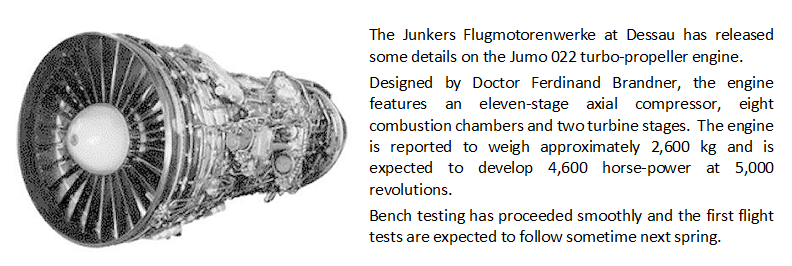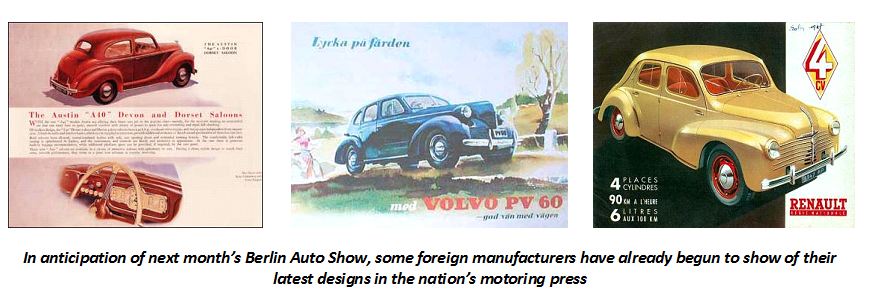Fleet Tender Gustav Nachtigal, Singapore Harbour, Wednesday, 22 August 1945
Korvettenkapitän Hellmut Rathke, captain of the Gustav Nachtigal, had the dual-edged honour of escorting a delegation of British officers on a tour of inspection aboard his ship. On the one hand he was quite pleased to show off the capabilities of his command; on the other he had the nagging suspicion that the British would laugh behind his back, still considering the Kriegsmarine a bunch of arrivistes. Nevertheless, he greeted his visitors at the gangway and began the activities of the day.
For Commander Harold Winterbourne a visit aboard a foreign vessel of any sort was a welcome break from his routine duties at Singapore’s dockyard; in this case he and a half-dozen of his staff would have the opportunity to evaluate one of the German Navy’s newest auxiliaries. From a distance the Gustav Nachtigal was impressive, even for a converted merchantman. Her heavy-lifting gear would allow for the rapid loading and unloading of any sort of cargo, and he wondered if her deck had been strengthened for heavy cargo. Her superstructure was quite blockish, with deckhouses for her crew.
“This way gentlemen,” said Rathke as he led the British officers aft towards the boat maintenance shop. To the British officers the equipment and layout was much as one might expect, though the use of pneumatic and electric tools was far more in evidence than in their own. The then went down one deck and entered the electronics maintenance shop – which for Winterbourne was a revelation – brightly lit my electric lamps from the ceiling it was spotless and the workstations well laid out and equipped. Various pieces of electronic test equipment were carefully stowed in racks along bulkheads including several of those new-fangled oscilloscopes.
The ordnance maintenance shop, which was their next stop on the tour, was similarly well appointed. One thing that struck Winterbourne was the rank after rank of parts bins, all carefully labelled. It appeared that it was German practice to have spare parts on hand to readily replace a damaged component, and then have technicians repair an item, rather than leave a gun or weapon system out of action longer than required. “Plug out, plug in” was the way Rathke explained it.
While the metalsmithing and engine maintenance shops were laid out as the British officers expected they were impressed by the variety of machine tools available to the Gustav Nachtigal’s fitters – they were almost ready to believe Rathke’s boast that they could rebuild any part of any of the Kriegsmarine’s warships given time and materials. The ship’s dispensary, with its own operating theatre, was also impressive; it was clear that the Gustav Nachtigal was intended to provide all manner of support to German vessels on distant stations.
The tour of inspection ended at the Gustav Nachtigal’s air conditioned wardroom, for which all were thankful. Over gin and tonic there were opportunities for questions and answers. Winterbourne was surprised to learn that deep tanks in the Gustav Nachtigal’s hold held not only fuel but a considerable amount of fresh water.
“Surely with your evaporators, and that big distillation unit you showed us,” he said, “you would have enough fresh water for your crew?”
“Ach so,” replied Rathke, “but our mission is to support other vessels that may not be so well equipped; Germany does not have the luxury of many bases around the world from which to draw supplies, and we must be prepared for all eventualities.”
“That you are,” thought Winterbourne.
Heavy Cruiser Admiral Hipper, Manila Bay, Thursday, 23 August 1945
Standing on the bridge wing Kapitän zur See Werner Hartmann saluted the battery on the island of Corregidor as his ship, followed by Prinz Eugen and Jaguar, made their way to sea. Their sojourn in Manila had been brief and uneventful; he hoped that the next leg of their cruise would also be without incident. Sailing north into what had been a war zone, with testy Japanese on one side and over-proud Koreans to the other was daunting enough; worse, and there were reports of a storm brewing to the east.
Heavy Cruiser Admiral Hipper, 21 dgs 1 min North, 120 dgs 26 min East, Friday, 24 August 1945
Hartmann had come to the bridge at the request of the officer of the deck, who handed him the text of the Japanese wireless transmission
“TYPHOON 45-6 ADVISORY 1… TYPHOON WATCH ISSUED FOR EASTERN RYUKYU ISLANDS... TYPHOON WARNING ISSUED FOR NORTHERN PHILIPPINE SEA REGION... LOCATION... 23N 127E… PRESENT MOVEMENT DIRECTION... EAST… A TYPHOON WARNING HAS BEEN ISSUED FOR... THE NORTHERN PHILIPPINE SEA REGION BETWEEN 22N AND 26N AND 126E AND 131E...”
Hartmann walked to the ship’s plot and shared the information with the navigator. On their present course and speed they could run right into the path of the typhoon. While he was certain that they could weather the storm, there was no real reason to run the risk.
“Signal to all ships,” he ordered. “Come to course two-two-five, speed twelve knots.”
They would run south-westerly for a time, with luck to give the storm time to past to the north of them; they would then turn and follow in its wake. Of course, Hartmann would advise Admiral Langsdorff of the delay, who would in turn advise the Russians at Vladivostok. “Damn weather,” he thought.
Quoted
Australia Q1/1941Quoted
Australia Q4/1940Quoted
Australia Q3/1940Quoted
Australia Q1/1926Quoted
Australia Q3/1035



